Set Meaning:
Pinecone incense is regarded in metaphysics as a “pure yang item,” believed to absorb solar energy and purify magnetic fields. When paired with a lotus base, blessing jar, and emery, it carries deep symbolic meaning, And traditional folklore, often seen as an auspicious item for blessings, protection, and spiritual practice.
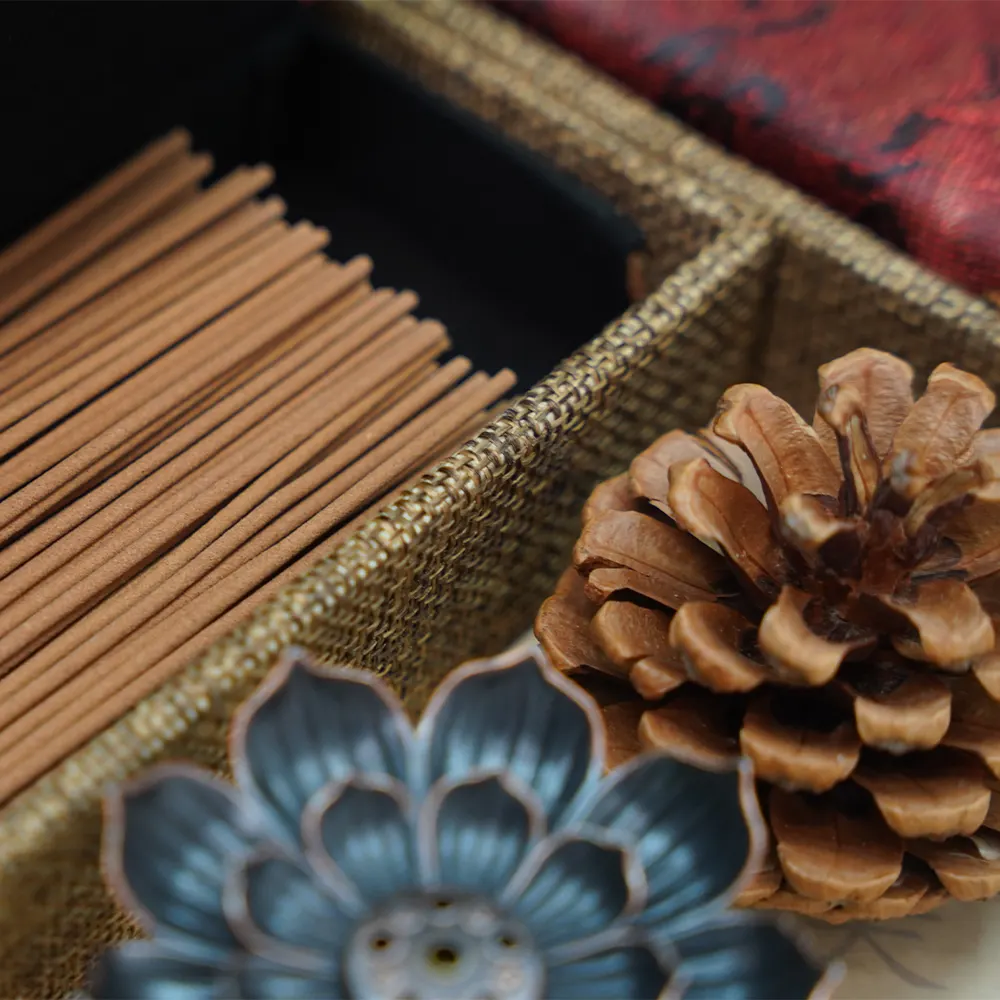
Philosophical Basis in the I Ching
The I Ching emphasizes the balance of yin and yang and the flow of energy. Pinecone incense, regarded as a “pure yang item” that absorbs solar energy and purifies magnetic fields, echoes the I Ching’s concept of “harmony between heaven and humanity,” both focusing on how environmental energy influences personal fortune.
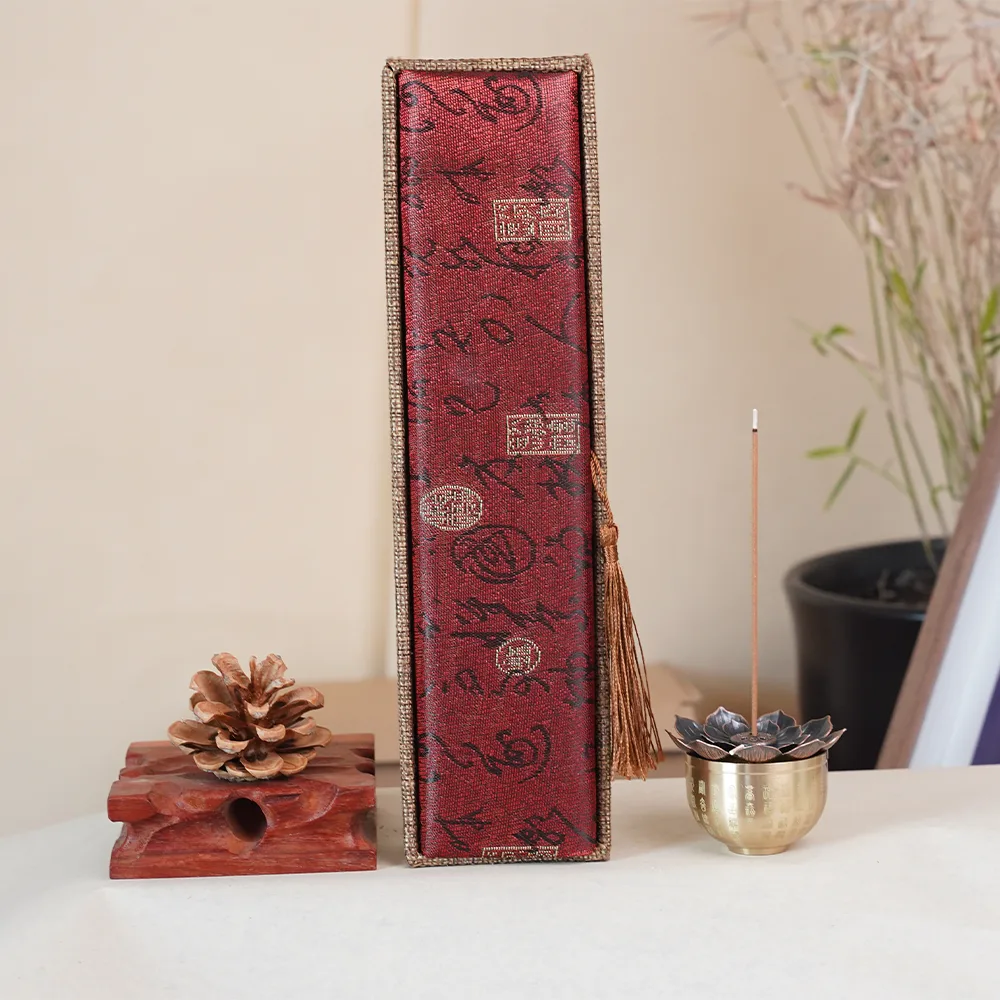
Feng Shui Applications of Pinecone Incense
In Feng Shui, pinecone incense is used for warding off evil, protecting the home, attracting wealth, and bringing blessings. When combined with directional theories in the I Ching (such as the Eight Trigrams), it is often recommended for adjusting the energy of homes or office spaces. For example, some users have reported that after burning pinecone incense, their financial luck improved. This corresponds to the I Ching trigram “Xun as Wind,” which symbolizes wealth, showing a cultural connection between the practice and the interpretation
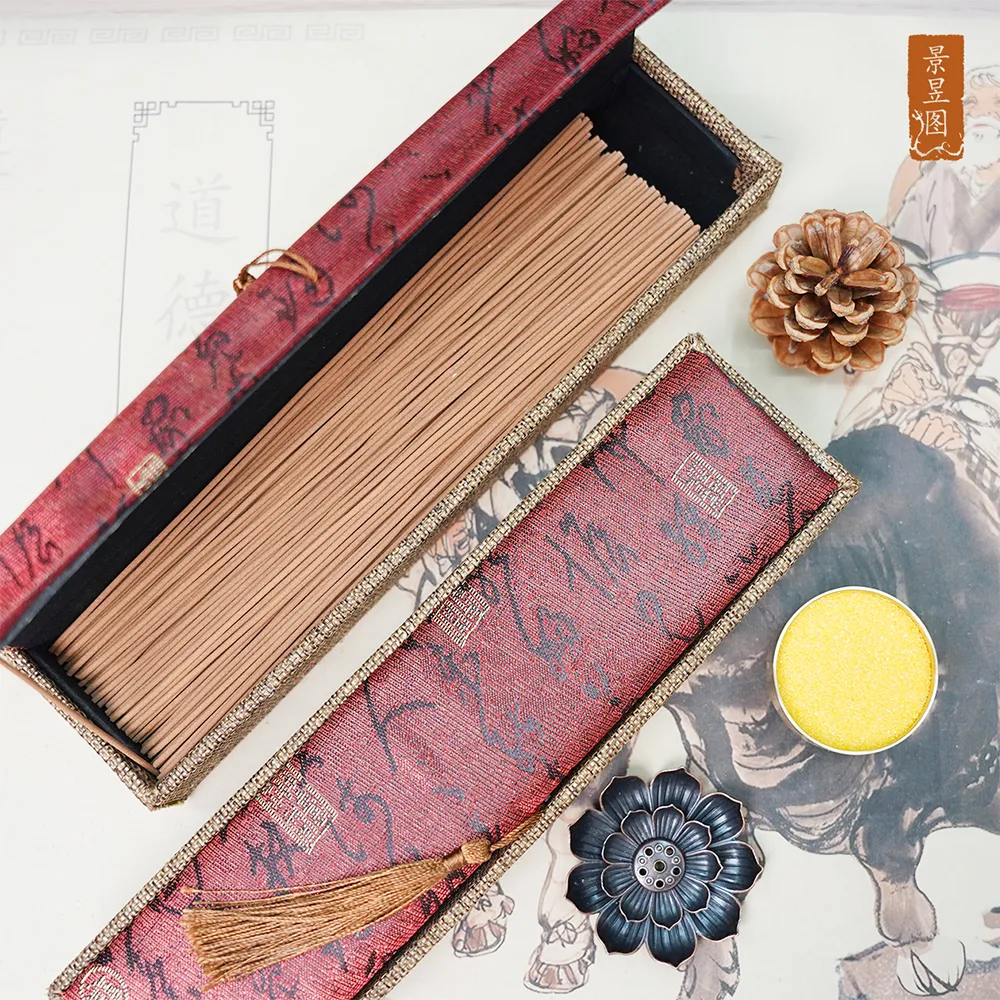
The Role of Emery (Dimond Sand)
In traditional incense culture and religious rituals, emery is also called “incense sand” or “incense ash sand,” and is widely used in incense burners to stabilize incense sticks.
1. Core Functions:
1. Physical Stability: With high hardness and sharp edges, the gaps between the grains tightly grip the incense base, effectively preventing sticks from toppling. Especially suitable for long straight incense or cone incense with an unstable center of gravity. Heat resistant, does not melt or deform, and long-term use does not affect performance.
2. Compared with ordinary incense ash: Dust-free, breathable, moisture-resistant, and reusable.
2. Cultural Customs and Symbolic Meaning:
1. Purity and Stability: In Taoism, emery is considered pure in texture, symbolizing the indestructible firmness of nature, in line with practitioners’ pursuit of a strong body and mind. it is often used to draw mandalas or bless sacred objects, and when extended to incense burners, it also carries the meaning of protection and purification.
2. Harmonizing Feng Shui: In the Five Elements, sand belongs to “Earth,” incense fire belongs to “Fire.” Earth can nourish Fire, and Fire generates Earth, forming an energy cycle, symbolizing “endless continuity”

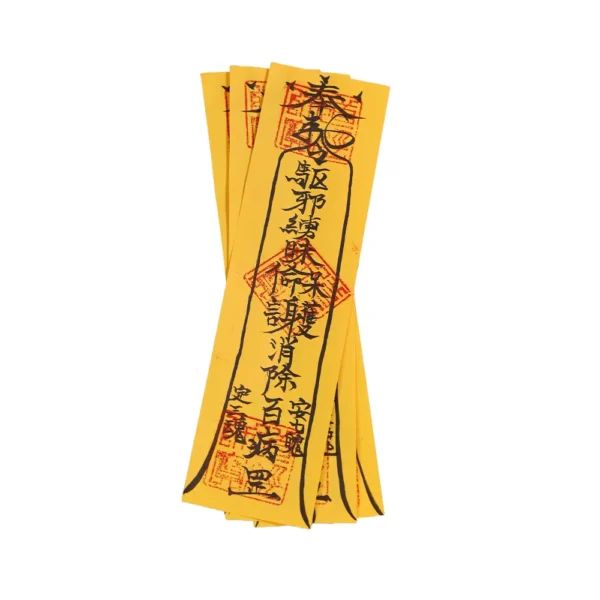





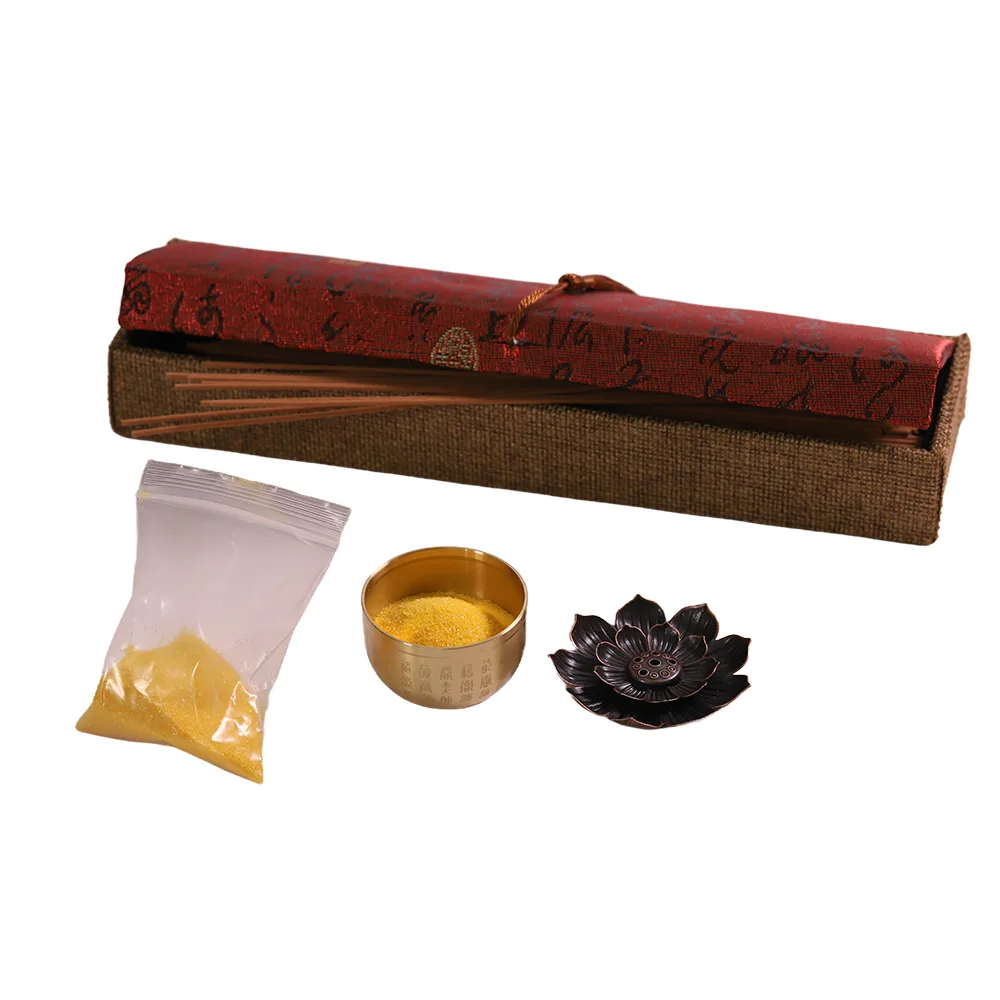
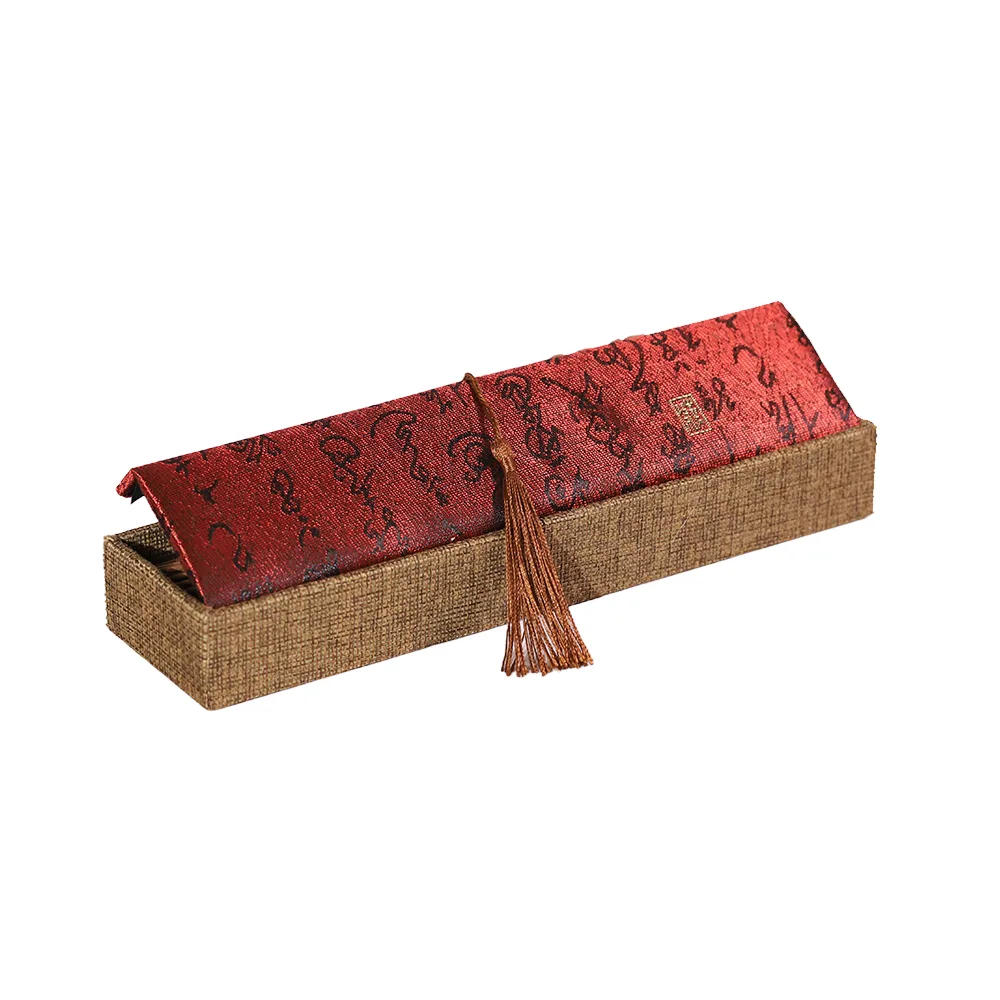
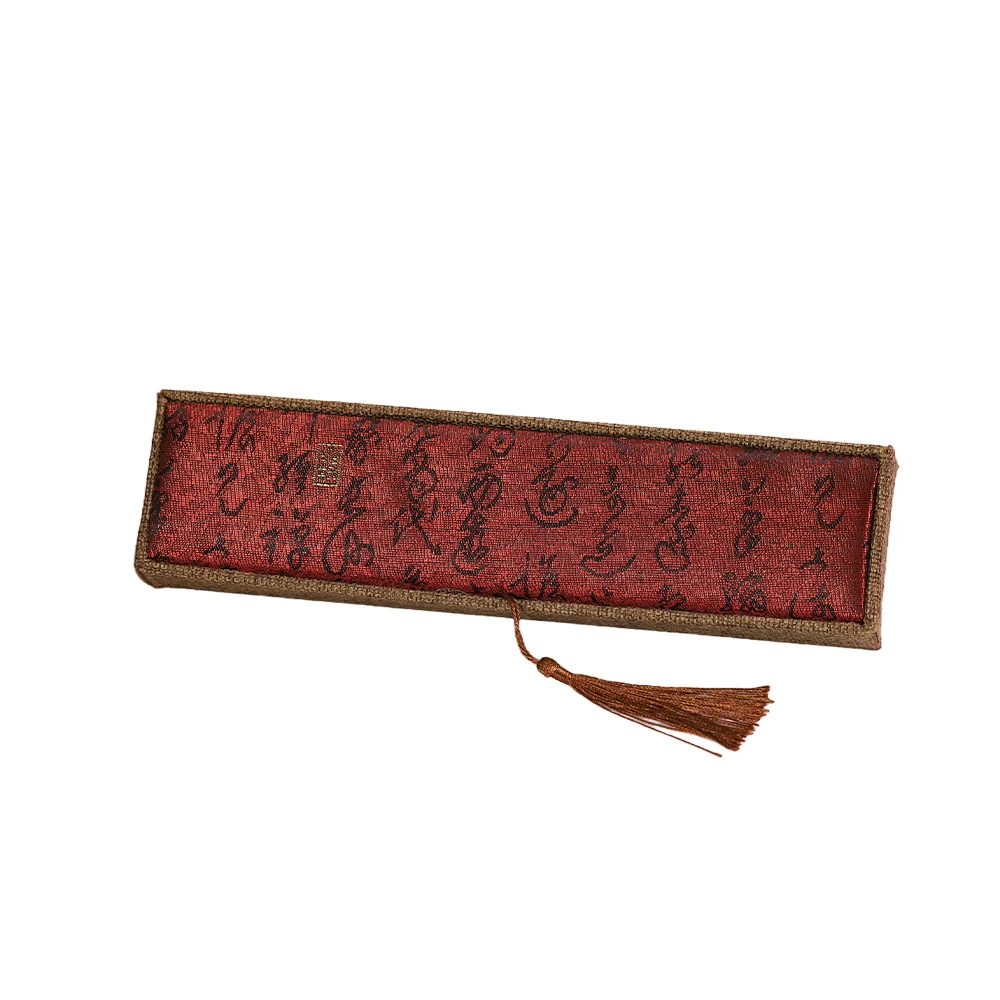
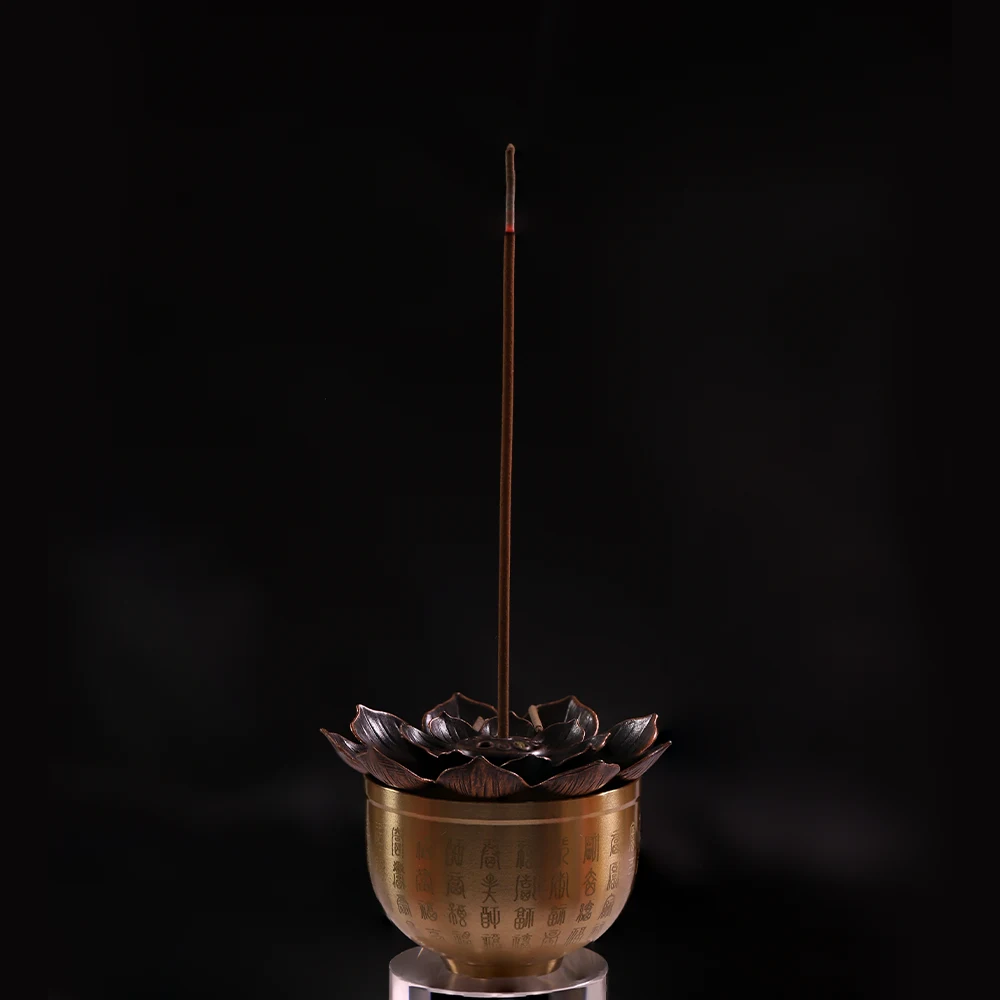

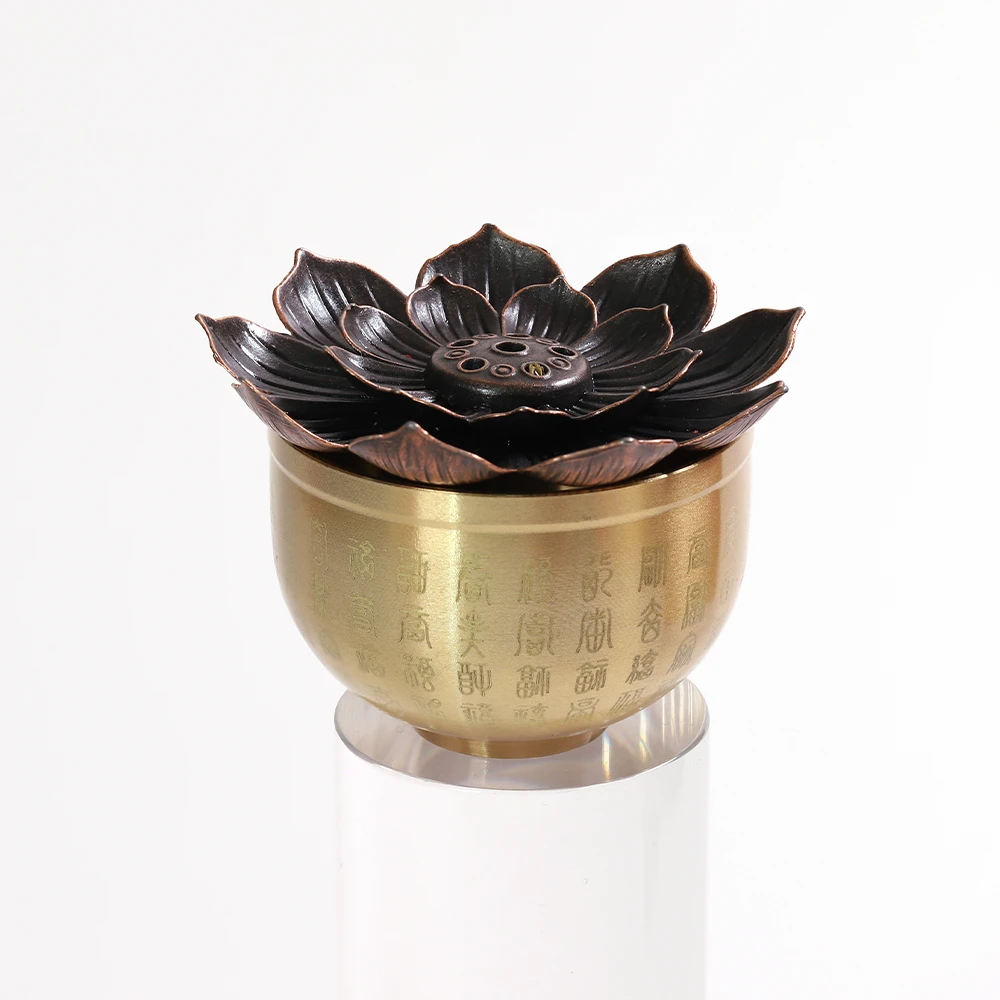



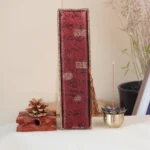
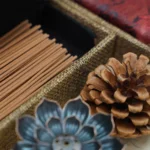
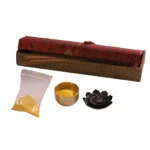
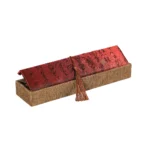
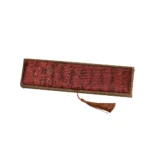


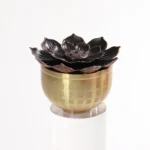




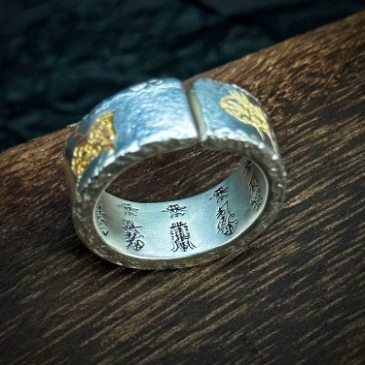

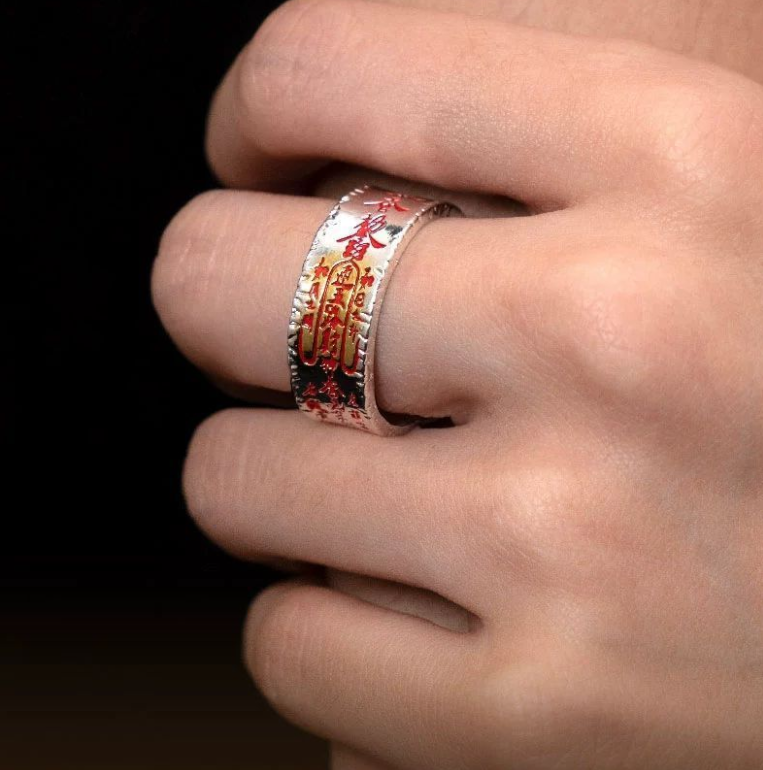
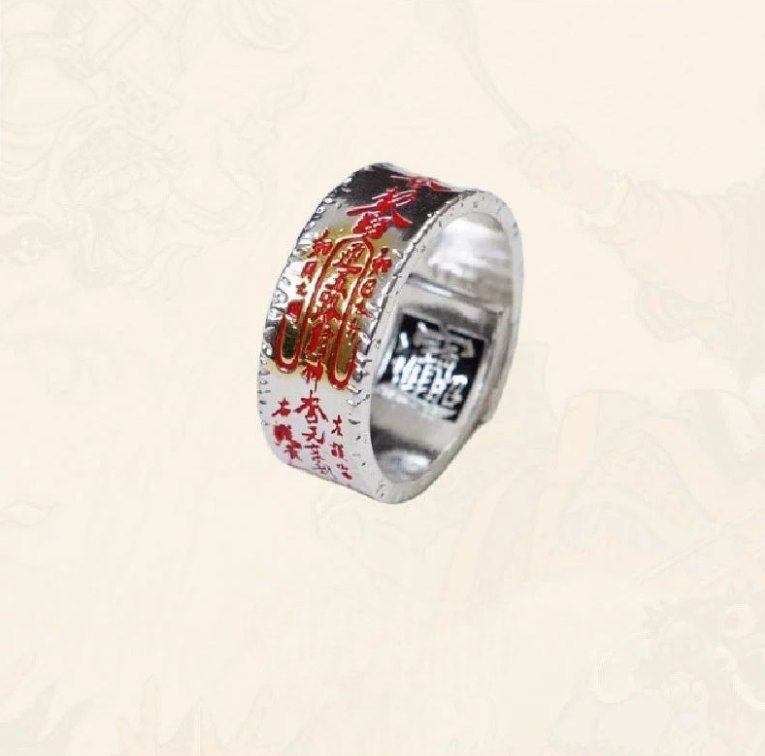

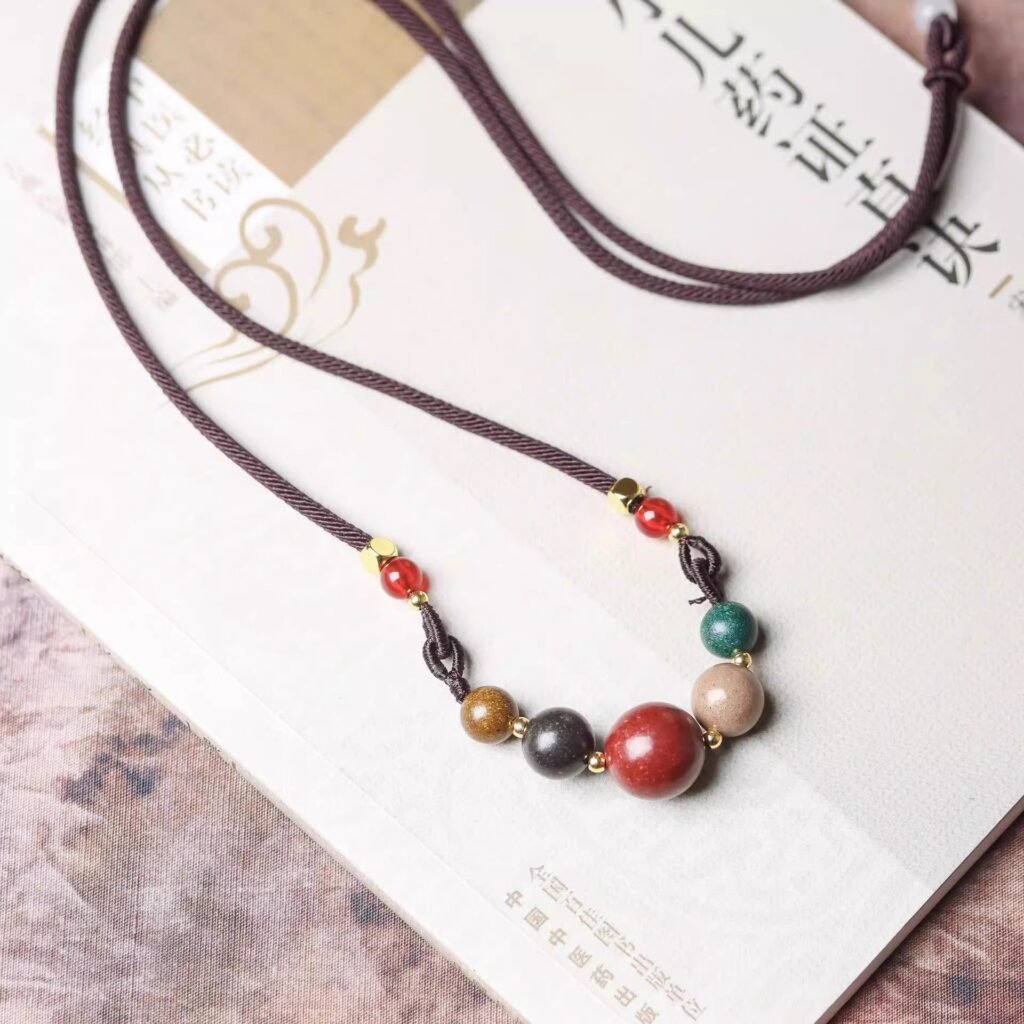
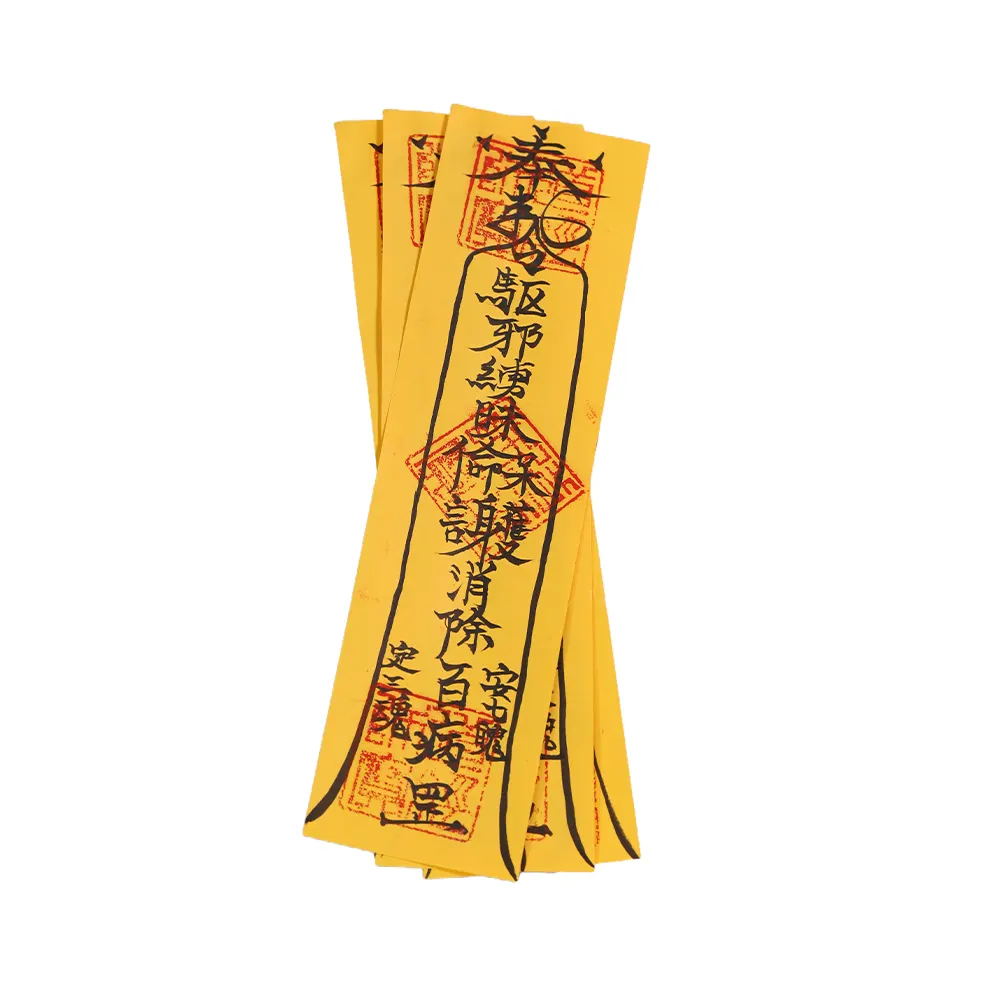
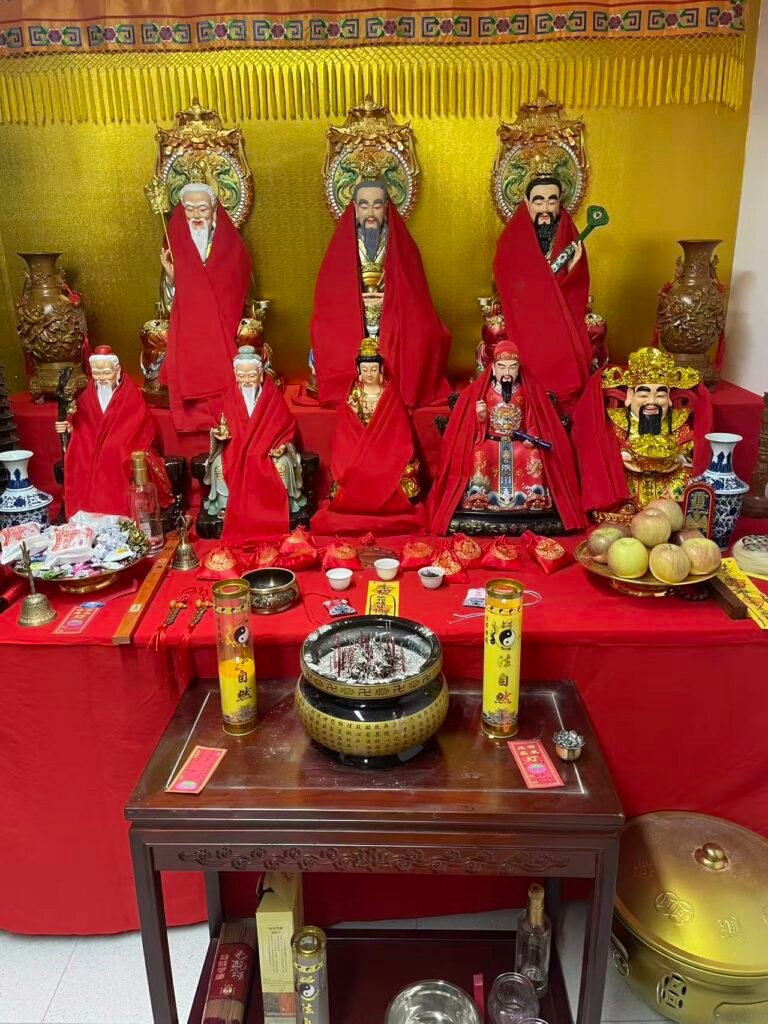









Reviews
There are no reviews yet.